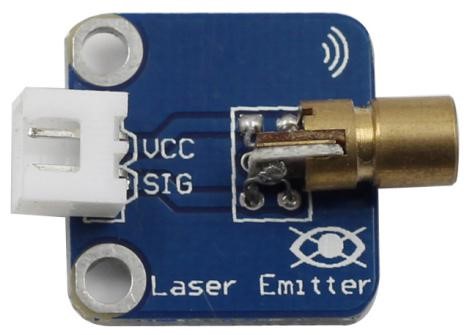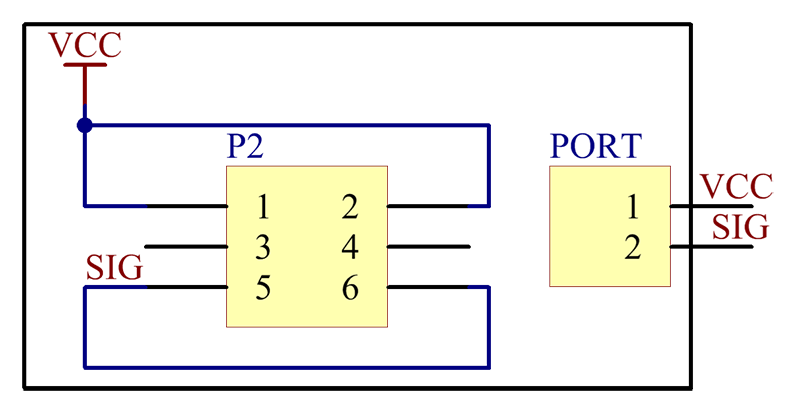Difference between revisions of "Laser Emitter Module"
(→Resources) |
(→Resources) |
||
| (2 intermediate revisions by the same user not shown) | |||
| Line 17: | Line 17: | ||
The module is applicable to positioning in laser sights, concentricity and medical equipment, laser test tools, signal generator, etc.<br> | The module is applicable to positioning in laser sights, concentricity and medical equipment, laser test tools, signal generator, etc.<br> | ||
=='''Resources'''== | =='''Resources'''== | ||
| − | [ | + | [https://www.sunfounder.com/learn/Sensor-Kit-v2-0-for-Arduino/lesson-29-laser-transmitter-sensor-kit-v2-0-for-arduino.html Test Experiment for Arduino][[File:LINK.jpg]]<br> |
| − | [ | + | [https://www.sunfounder.com/learn/sensor-kit-v2-0-for-raspberry-pi-b-plus/lesson-5-laser-emitter-module-sensor-kit-v2-0-for-b-plus.html Test Experiment for Raspberry Pi][[File:LINK.jpg]] |
Latest revision as of 03:05, 4 July 2016
Contents
[hide]Introduction

Laser is widely used in medical treatment, military, and other fields due to its good directivity and energy concentration. The Laser Transmitter module, as the name suggests, is a one that can emit laser.
A laser is a device that emits light through a process of optical amplification based on the stimulated emission of electromagnetic radiation. Lasers differ from other sources of light because they emit light coherently.
Spatial coherence allows a laser to be focused to a tight spot, enabling applications like laser cutting and lithography, and a laser beam to stay narrow over long distances (collimation), enabling applications such as laser pointer. Lasers can also have high temporal coherence which allows them to have a very narrow spectrum, i.e., they only emit a single color of light. And its temporal coherence can be used to produce pulses of light—as short as a femtosecond.
The schematic diagram of the module is as follows:

Features
1) Use a laser that emits light through a process of optical amplification based on the stimulated emission of electromagnetic radiation.
2) Laser wavelength: 650nm (red)
3) Beam mode: spot, continuous output
4) Working voltage: 3-5V DC; PCB size: 2.0 x 2.0 cm
5) Operating life cycle: > 1000h
6) Working current: < 25mA
7) Operating temperature: -36℃ ~ 65℃
Application
The module is applicable to positioning in laser sights, concentricity and medical equipment, laser test tools, signal generator, etc.
Resources
Test Experiment for Arduino![]()
Test Experiment for Raspberry Pi![]()